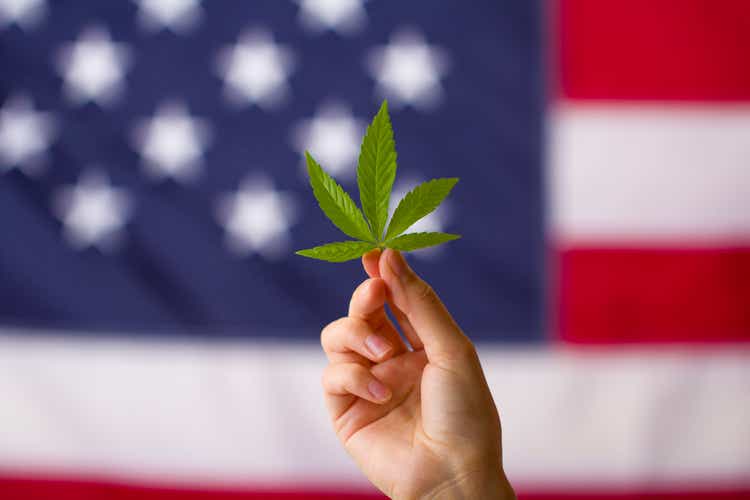UN space tsar calls for increase in junk clean-up efforts
Unlock the Editor’s Digest for free
Roula Khalaf, Editor of the FT, selects her favourite stories in this weekly newsletter.
Governments and industry should speed up efforts to implement voluntary guidelines for the sustainable use of space, rather than push for a new global treaty that will be “difficult” to conclude, according to a leading UN official.
A rapid increase in rocket launches and satellites has sparked concerns over risks of dangerous collisions generating volumes of “space junk”, sparking calls for tighter regulation of activities in low earth orbit.
“We do need a multilateral process [and] as much collaboration as possible,” said Aarti Holla-Maini, new director of the UN Office of Outer Space Affairs.
But delivering a binding treaty at a time of global tensions and international rivalry in space “will be contentious and take time”, she said. An agreement that “solves all of the problems . . . would be difficult”.
Instead, Holla-Maini said, national regulators should accelerate implementation of a suite of voluntary UN guidelines issued in 2019. This would greatly boost space sustainability, which has become a priority for many countries as satellite services become critical to digital-based infrastructure.
“There is a lot of content [in the guidelines] that could be turned into norms,” she said. These include proposals to manage activity in space safely, mitigate debris and share more data on the operation of satellites, anti-collision measures and weather patterns.
“Implementing the guidelines is the only chance we have to move in the right direction,” said Holla-Maini, who took up her role in September after 25 years in the space industry.
She said more inflation on orbital activity and debris, for example, was an important first step. “The more data that is shared the safer space is,” she said.
Nasa estimates roughly 9,000 tonnes of debris are orbiting the earth at speeds of up to 25,000km/h — old rocket bodies, defunct satellites, or fragments from exploded engines. Even the tiniest pieces of debris pose a threat. In 2016 a fleck of paint chipped a window on the International Space Station.
Levels of launch traffic in low earth orbit (LEO) are 27 times higher than a decade ago, according to the Space Sustainability Rating, an initiative launched by the World Economic Forum. The LEO region, up to 2,000km above the earth, has been the focus of most recent activity, and also accounts for 96 per cent of space debris.
“This accumulation of debris and active satellites poses significant risks for the rest of the [space] environment,” the SSR said in a recent report.
Geopolitical tensions between the west and Russia and China are likely to complicate talks to address the new dynamics in space, experts said. The Outer Space Treaty of 1967, designed when the US and Soviet Union were vying for technological supremacy, is widely accepted to be ill suited to the rapid development of a commercial space sector. The UN itself called for a new legal framework last year.
“New treaties are complicated,” said H Ludwig Moeller, director of the European Space Policy Institute think-tank. “I would not put this on my critical path if I wanted a solution to a problem that is growing by the day. Guidelines alone do not give a direct solution, but best practices should be encouraged.”
Nearly a decade in development, the guidelines were regarded as a significant advance in international space governance. But they are not binding and now more than 70 countries and hundreds of private sector companies have activities or ambitions in space. National regulators have struggled to keep up with this changing environment.
A recent report to the UN by the Space Generation Advisory Council, a group which brings together 25,000 young space professionals to support the multilateral agency, found that, while some governments have begun translating many of the guidelines into national law, “a number have yet to do so, which presents a potentially major gap”.
Source link




